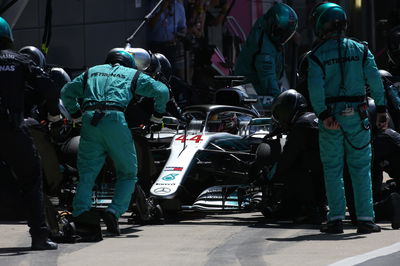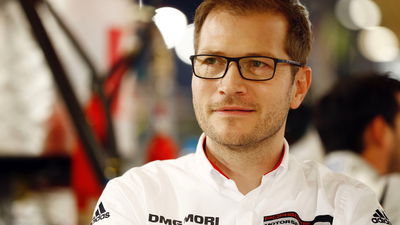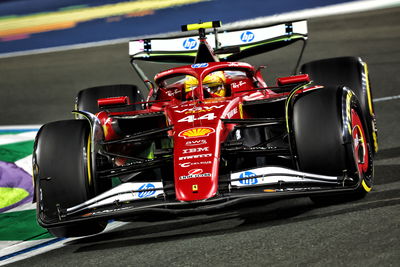Pirelli: Compulsory two-stop races not the solution for F1
Pirelli does not believe introducing compulsory two-stop races would open up more strategic options and help create greater excitement in Formula 1.
17 of the 21 grands prix in 2018 were won by drivers using a one-stop strategy even with F1’s tyre supplier softening its selections this year in a bid to encourage greater variation in race strategies.

Pirelli does not believe introducing compulsory two-stop races would open up more strategic options and help create greater excitement in Formula 1.
17 of the 21 grands prix in 2018 were won by drivers using a one-stop strategy even with F1’s tyre supplier softening its selections this year in a bid to encourage greater variation in race strategies.
For 2019 Pirelli has simplified its compounds in a new C1-C5 naming system and revealed its choices for the opening four races of next season, opting for harder choices than it did for the same events in 2018.
Despite facing criticism over the amount of one-stop races, Pirelli has backed its preference to provide drivers with a more consistent tyre they can push harder throughout races.
“It was interesting to talk about compulsory two-stops for example,” Pirelli F1 chief Mario Isola said.
“[I'm] not sure it’s the right solution because also two compulsory stop there is the big risk everybody stops at the same lap or very close, so you’re just generating shorter stints where probably drivers can push more, they will use the softest available compound because the stints are shorter, but there is no variation in the strategies.
“This doesn’t mean that it’s a worse situation, [it] could be good, we don’t know. We ask the teams to make some simulations to understand how they can react to a change of regulation, for me that’s an important point.
“Any time there is an idea before trying to implement the idea, it’s very useful that we go back to the teams and we tell them and make a simulation with these rules and let’s see what happens. Sometimes it’s that we think we have a very good idea and discover that it’s not.
“So it’s important that the process is a solid process to change the rules, then we are happy to offer our opinion and to design the tyres in the direction in the direction that is agreed together with all the people that are involved in the sport. But it is not very easy.”
Extreme tyre management emerged as a theme of many grands prix in 2018 and in response to complaints raised by drivers and teams, Pirelli will use the thinner thread tyres it introduced for three races this year at every round in 2019.
Isola is confident the changes to the construction of its tyres, coupled with new aerodynamic regulations coming into force, will improve overheating concerns and ultimately the quality of racing.
“We try to design new tyres with the target to help this effect, to reduce the overheating, I don’t know how the new wings are affecting that,” Isola explained.
“We received some estimation from the teams on the level of downforce expected but not the influence of the wake, the turbulence generated by the car in front, so this is information we don’t have. But hopefully with the new wings it should be better.”












